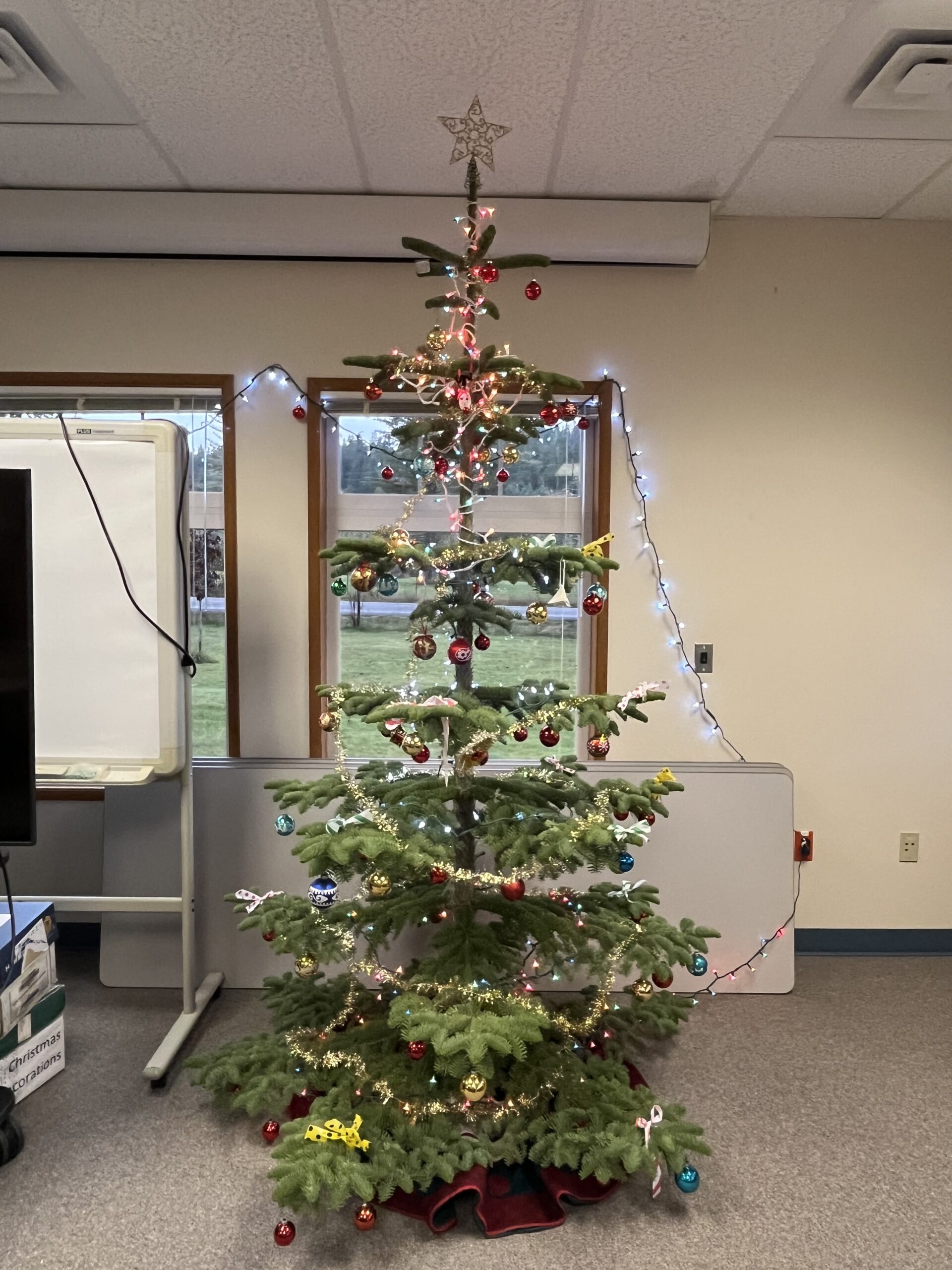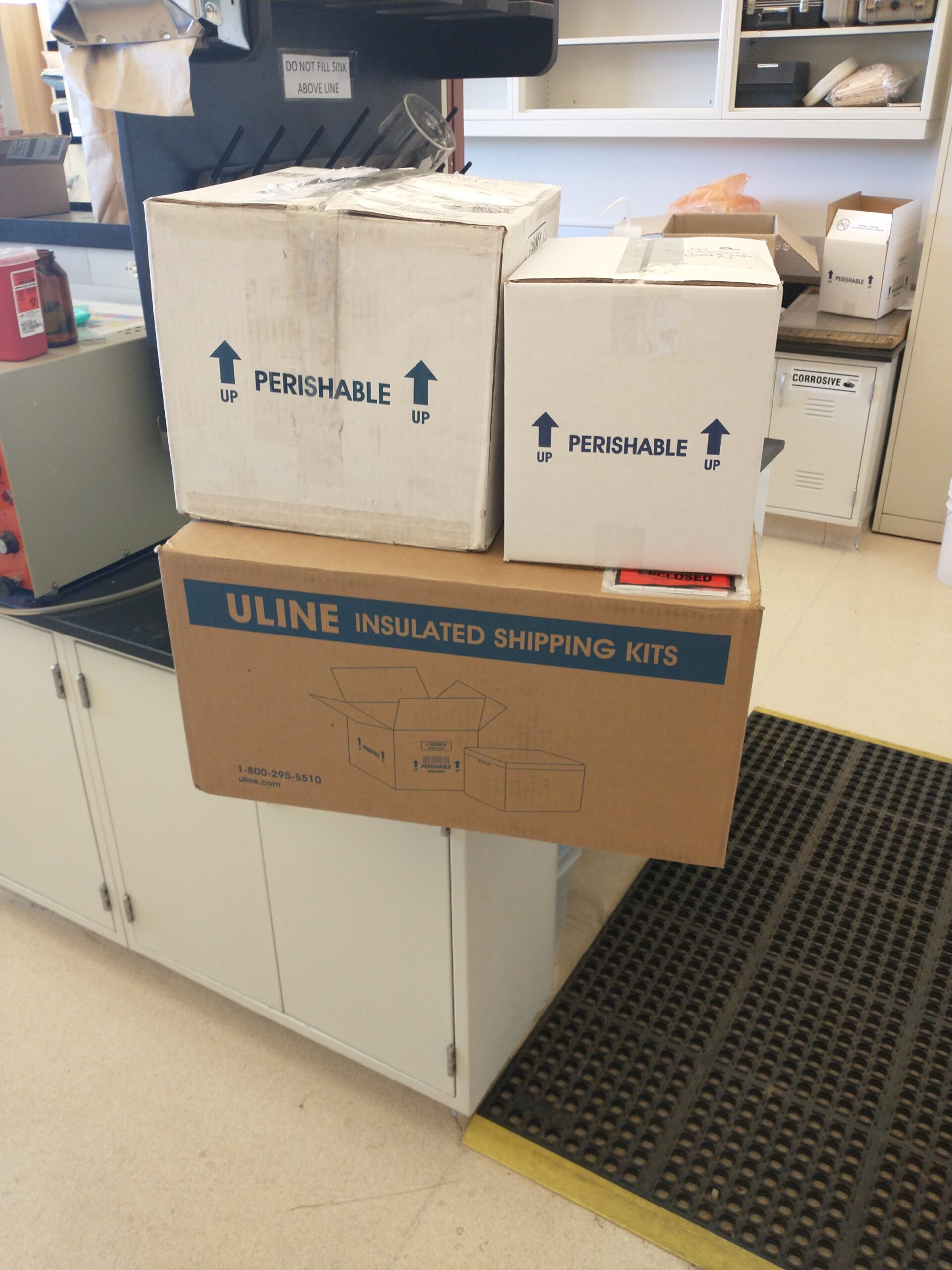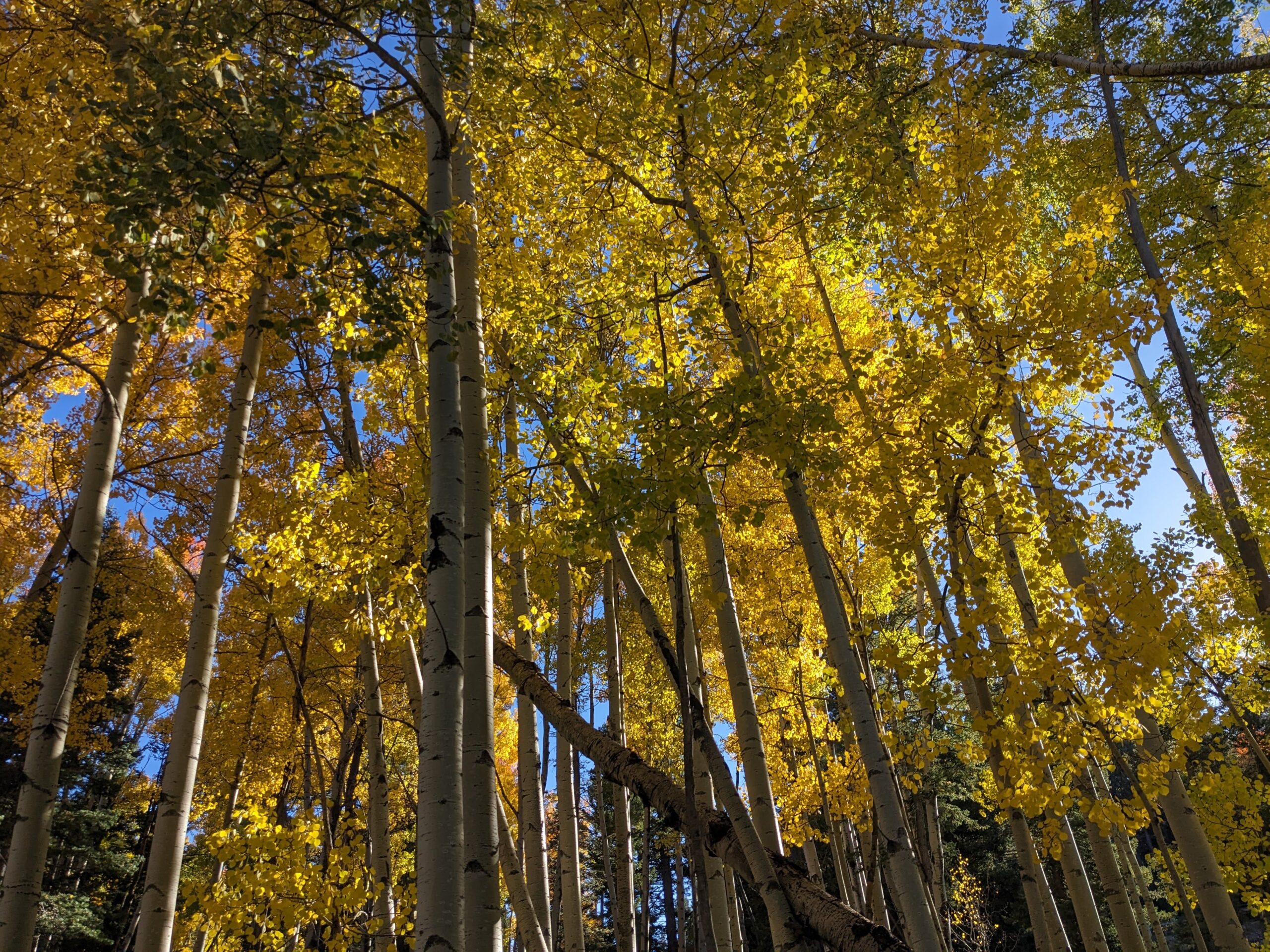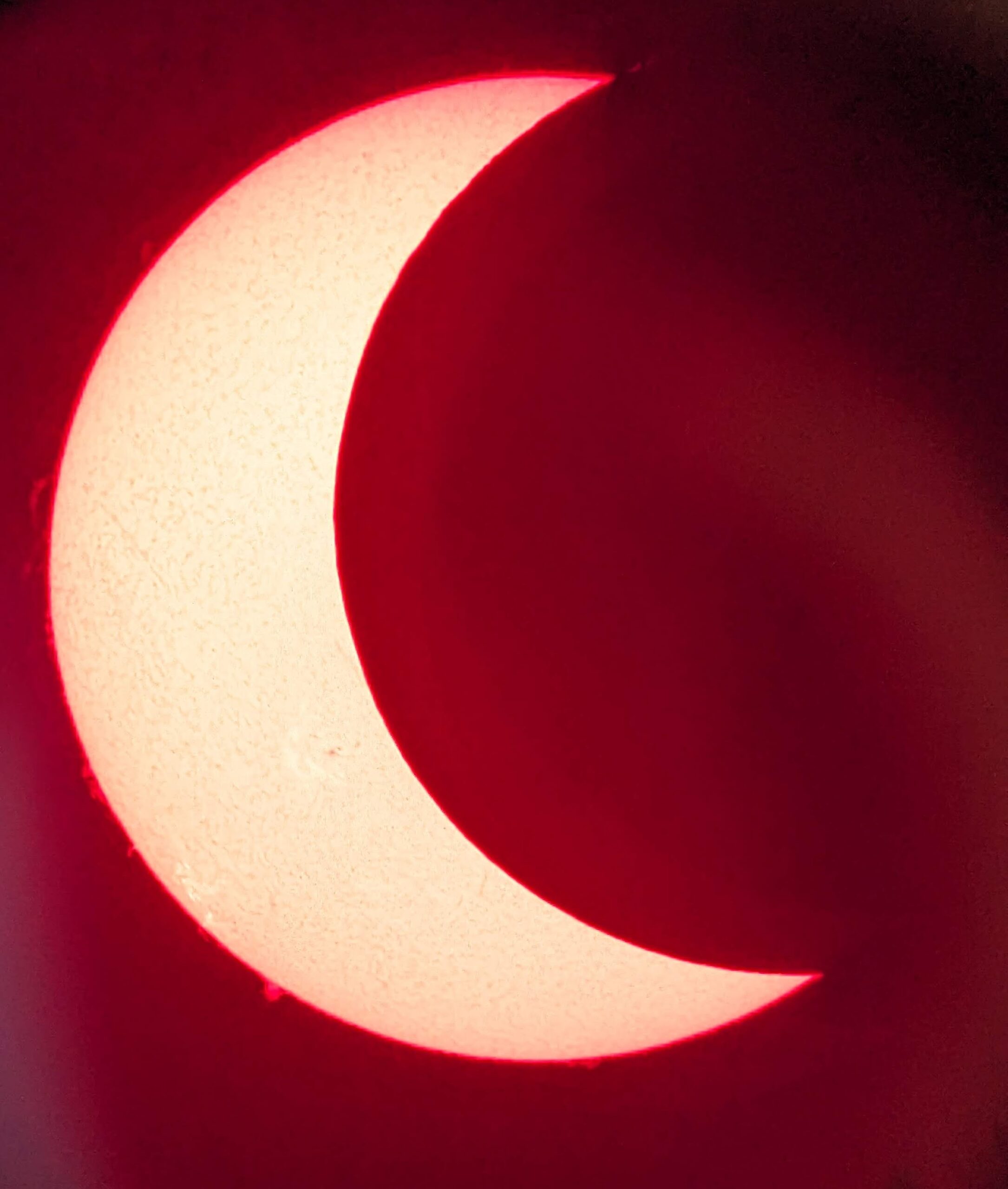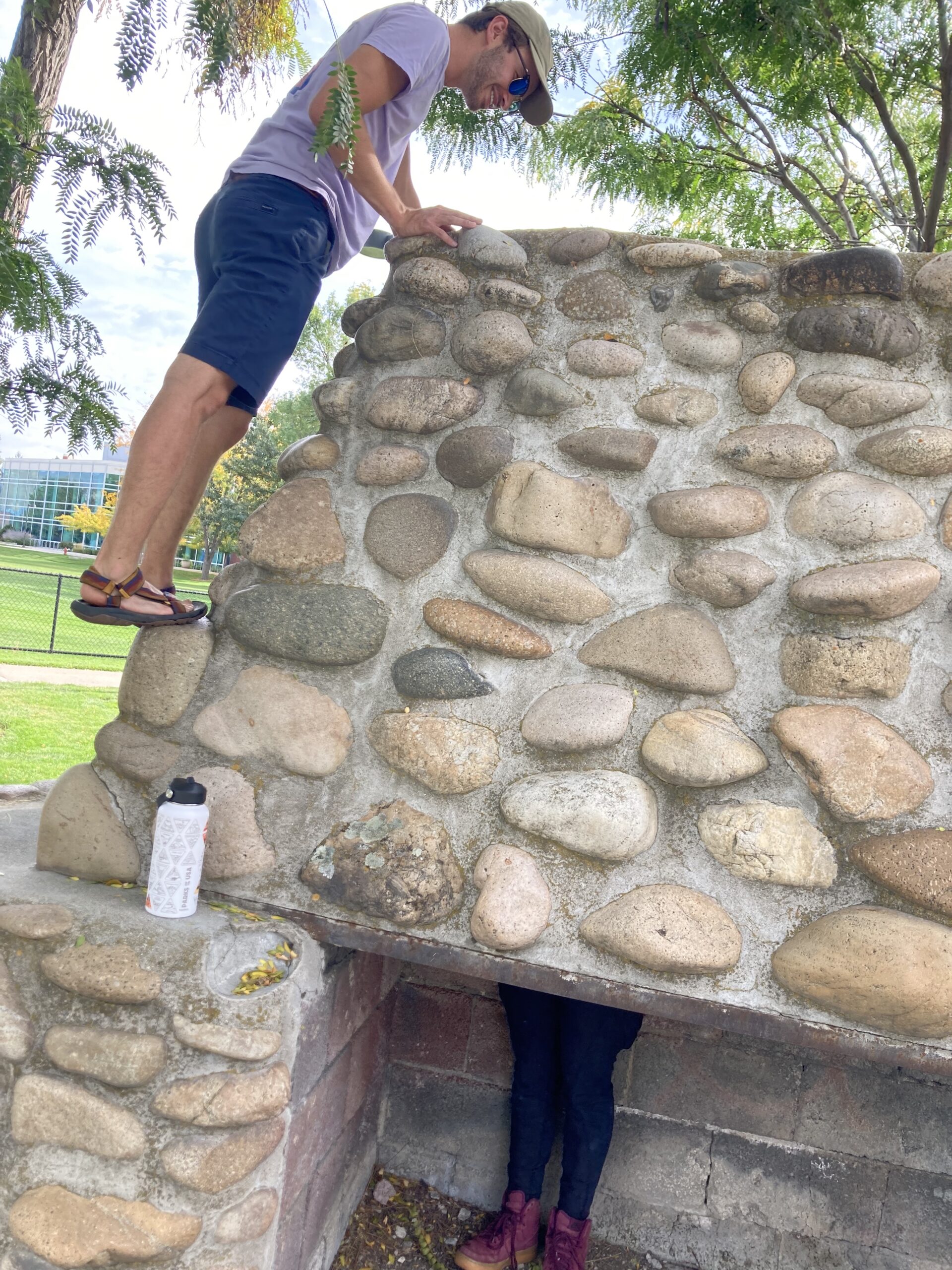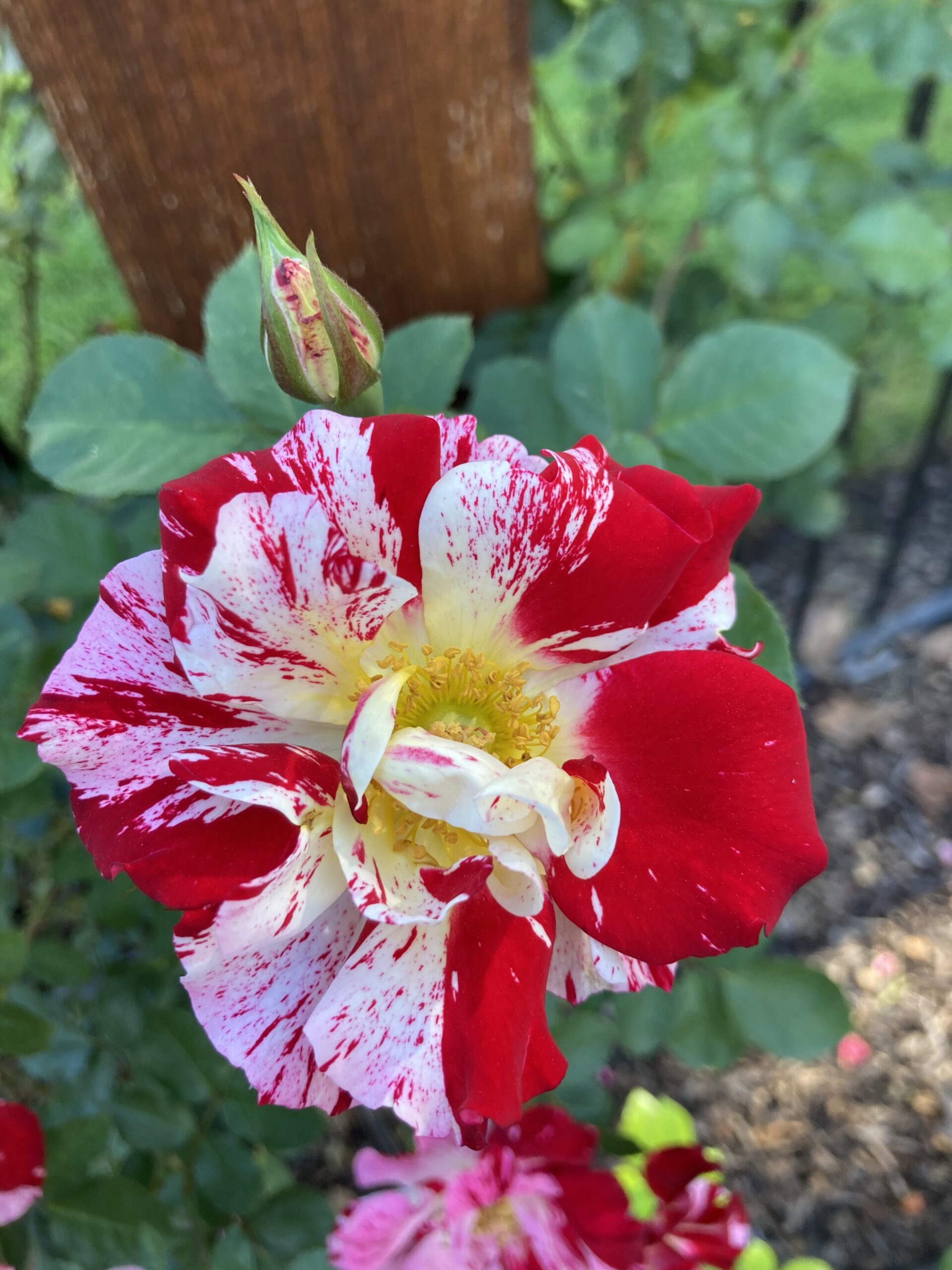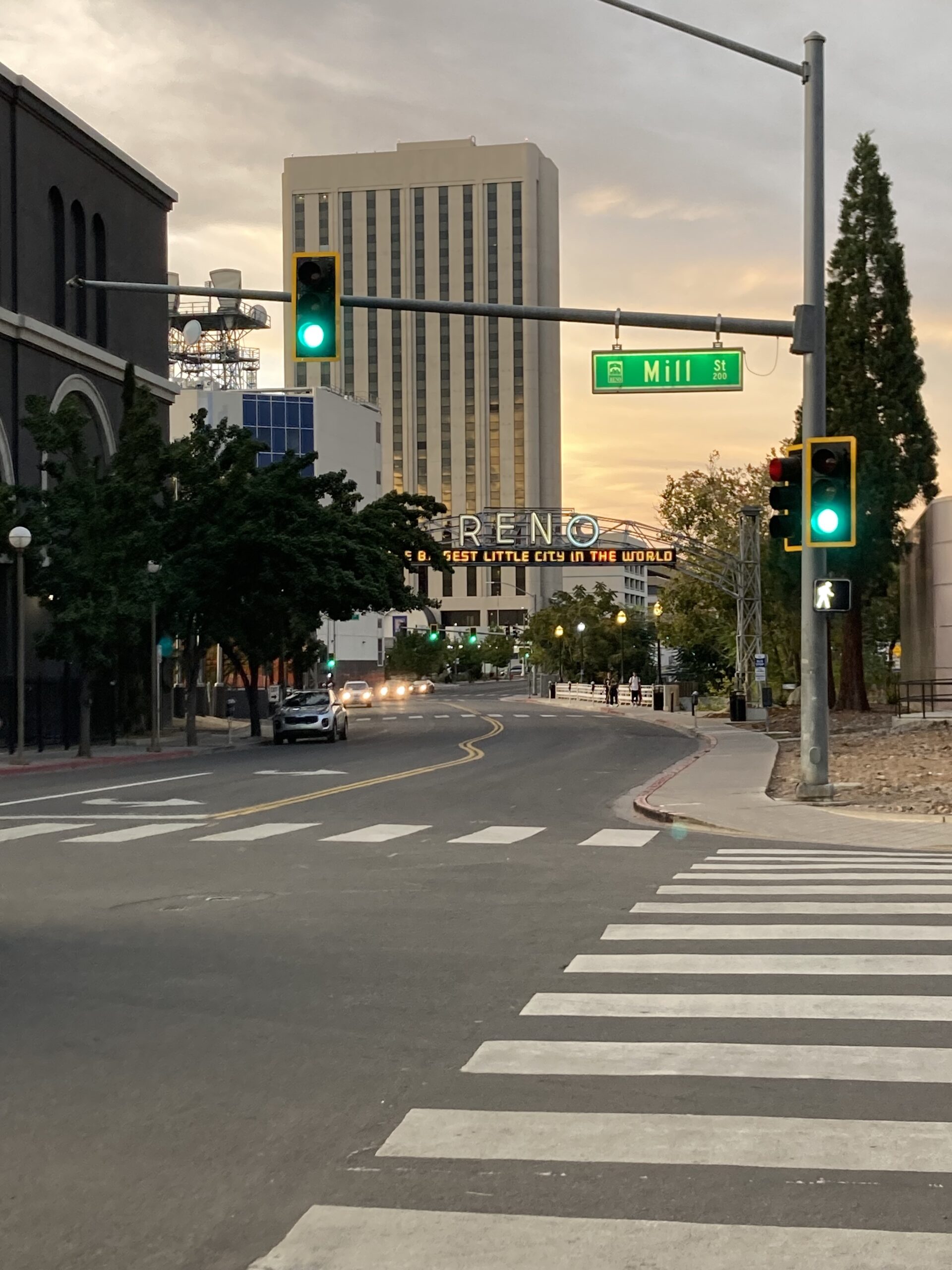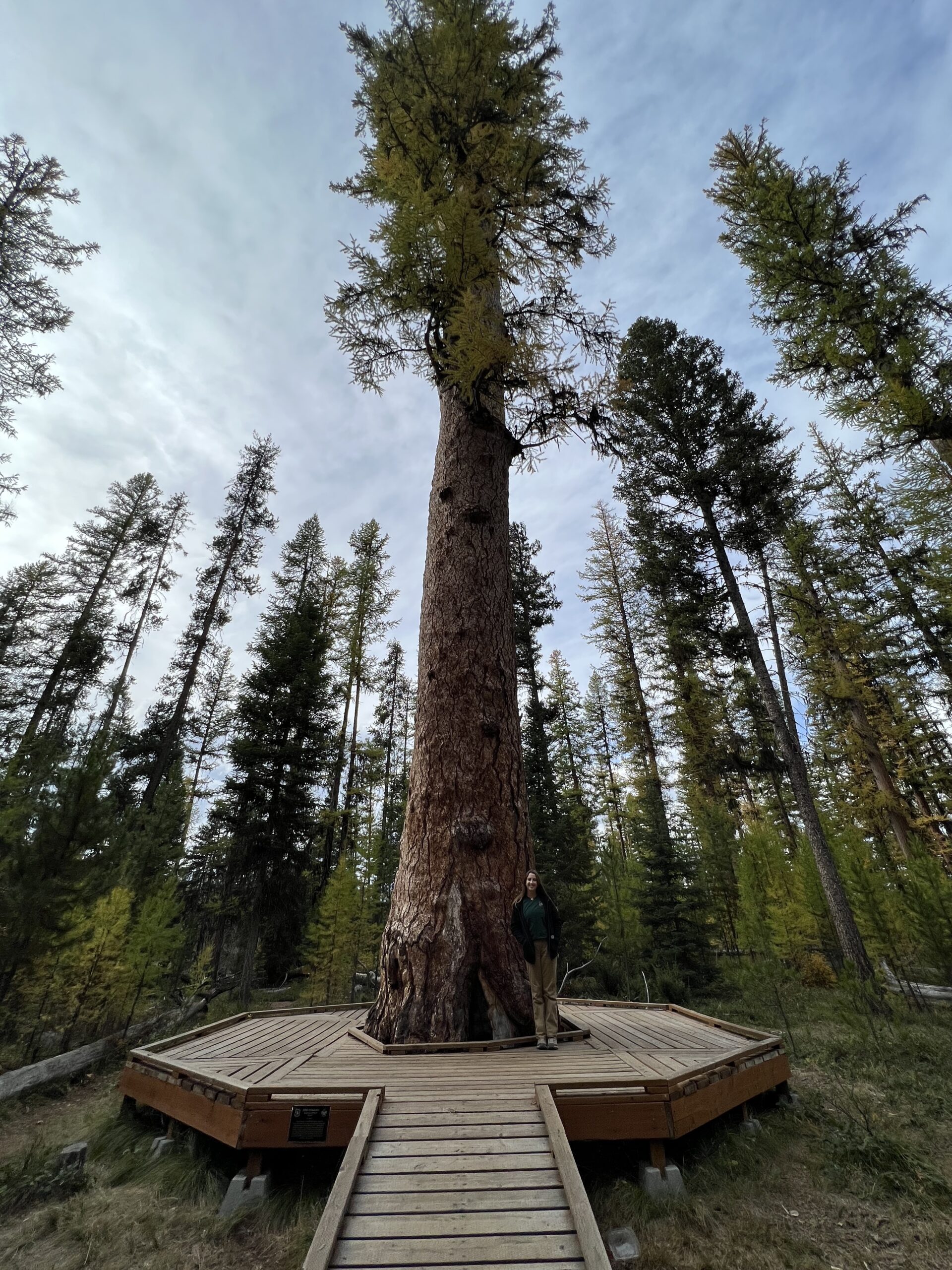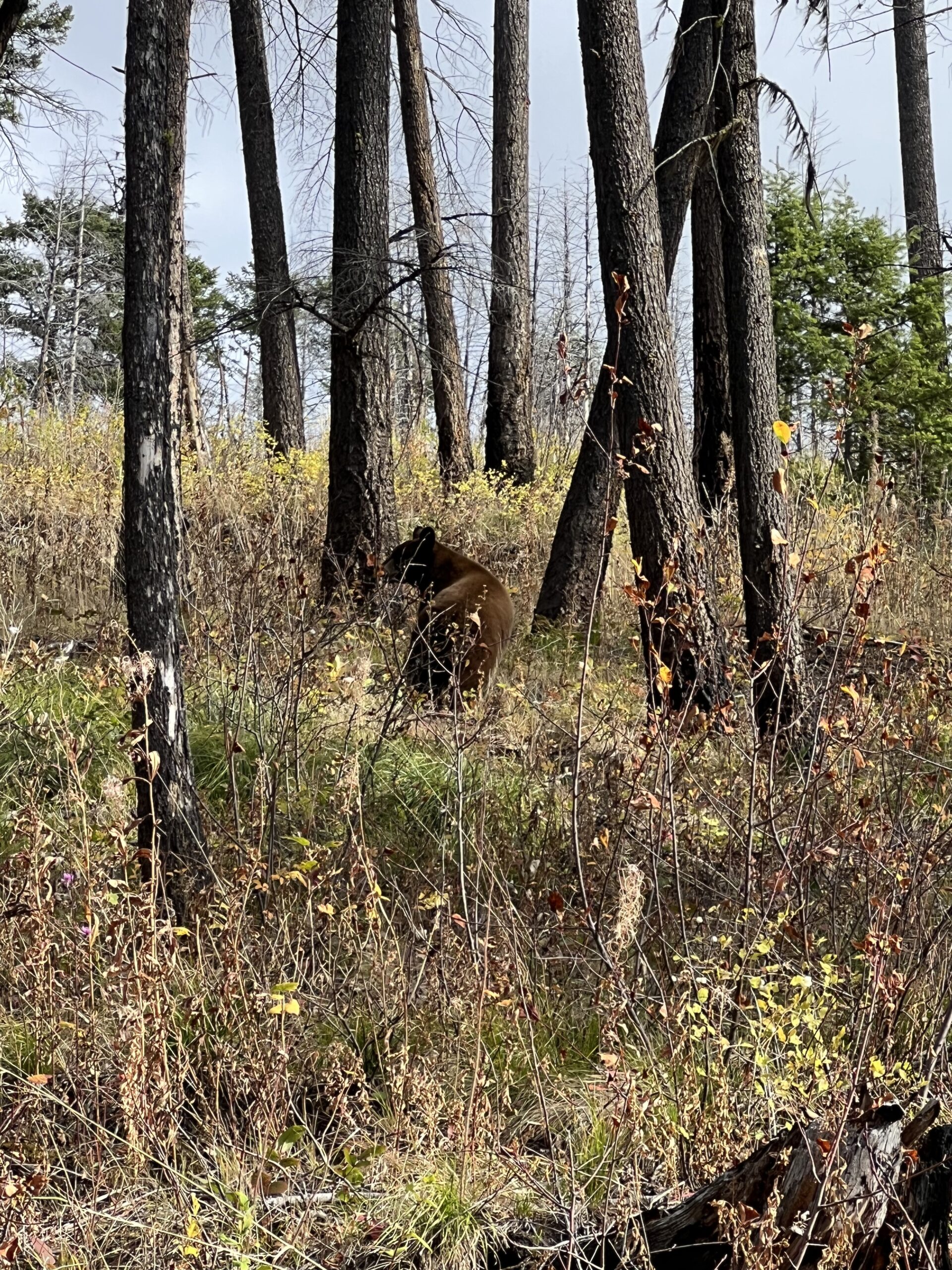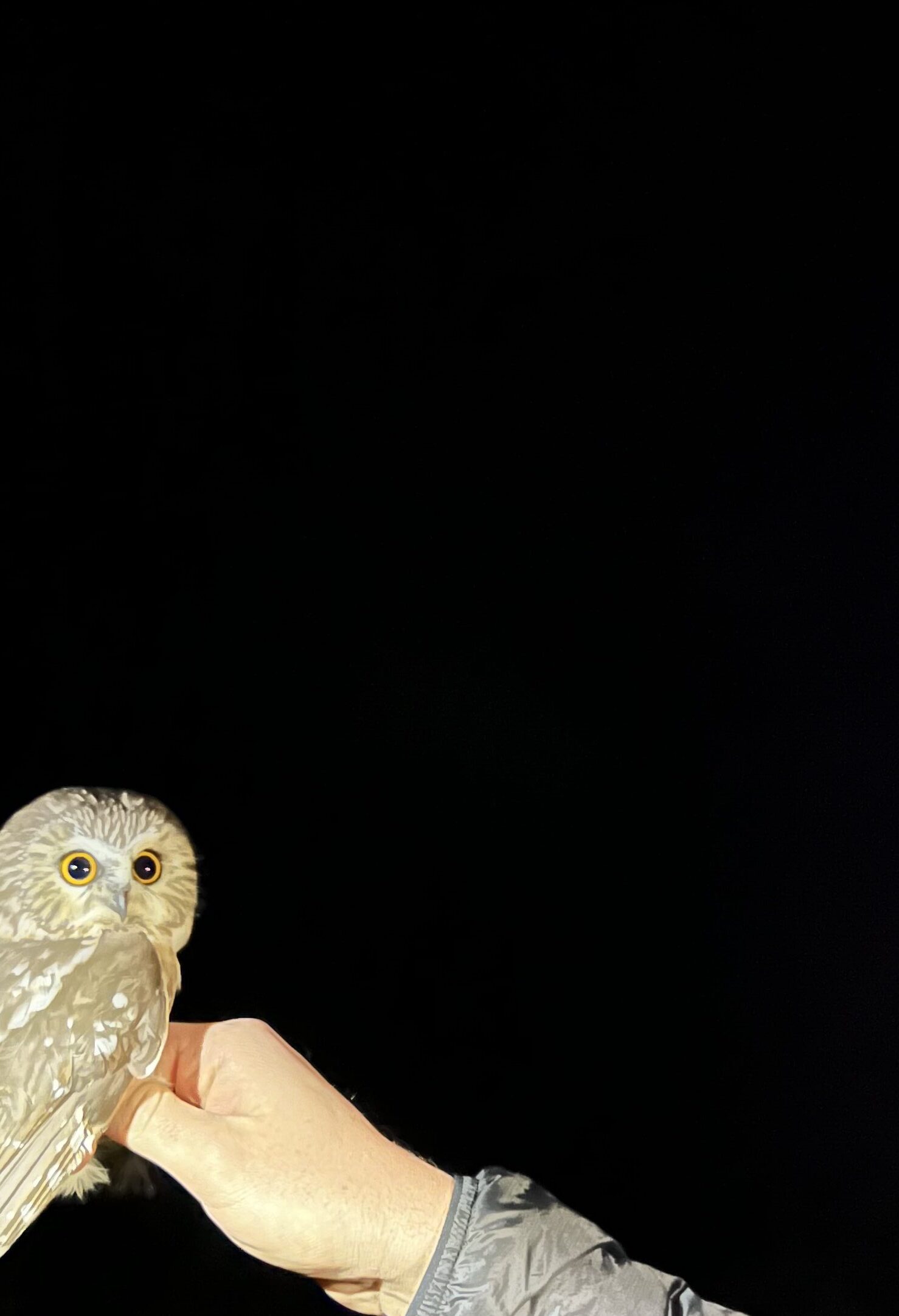December 2023
Hello dudes, hope everyone is doing well. This internship is flying by and refuses to slow down. This month has been a combination of cleaning seeds and a few other projects like propagation and transplanting. I have worked on Ratibida tagetes, Prunus virginiana, and Achillea millefolium this month, and man are these guys dusty. The propagation of POC and transplanting of Foxtail and Limber pines were exciting and different, which I love. As it grows colder here in Oregon, I have resorted to wearing as many layers as possible, the top number has been 4 jackets (quite cozy honestly but maybe I should buy a wearable sleeping bag at this point).
In my professional opinion, “podcast-studies” should be normalized, like instead of books it’s a podcast. Anyways, my podcast theme this month was murder mysteries with a sprinkle of conspiracy theories. Some favorite topics include the Black Sisters and the theory that Sun Tzu (the supposed author of The Art of War) never existed and is actually a collection of authors. Anywho, there is quite a variety of podcasts to listen to and I cannot wait to explore a few more.
This month has been packed full of festive cheer and incredible sights. I am trying to hike as much as possible, but it seems there are too many things to do in this short amount of time. I have seen some incredibly beautiful waterfalls this month, and I am in love with the forests of the PNW. I am really becoming a weekend warrior at this point, but my hiking boots were made for walking and that’s just what they’ll do. Our office Christmas party was a hit! The food was immaculate. The White Elephant gift exchange was hysterical. Wreath making was gorgeous. Dutch Blitz was riveting. The people were incredible. I think it was the best work Christmas party I have ever been to. In addition to having a blast at Dorena during the Christmas season, I also got to go home and see my family and pups for the holidays. There was telework involved, but researching plants barely counts as working in my opinion. I am quite a fan of learning about plants so it was kind of a holiday treat.
I also have a confession. I told myself I would not fall for it, but I in fact do think Dutch Bros is better than Starbucks. I have truly embraced the culture of the West. It is a hard realization to come to, but I am at peace with it. I am also now addicted to their dirty chai (it is a problem physically and financially). Thank you for understanding and acceptance everyone.
This month did not have any wild or crazy stories just the constant anticipation for the holidays, but the quiet excitement and giddiness around the office was unmatched. As the festive season winds down, the daunting time between January and April, which have minimal holidays, has begun. We will make it through this, but it is going to require a substantial amount of coffee, tea, and a few sweet little treats here and there. Good luck everyone and I will update y’all next month or should I say next year?!
(that joke hurt me too)
bye! 🙂

